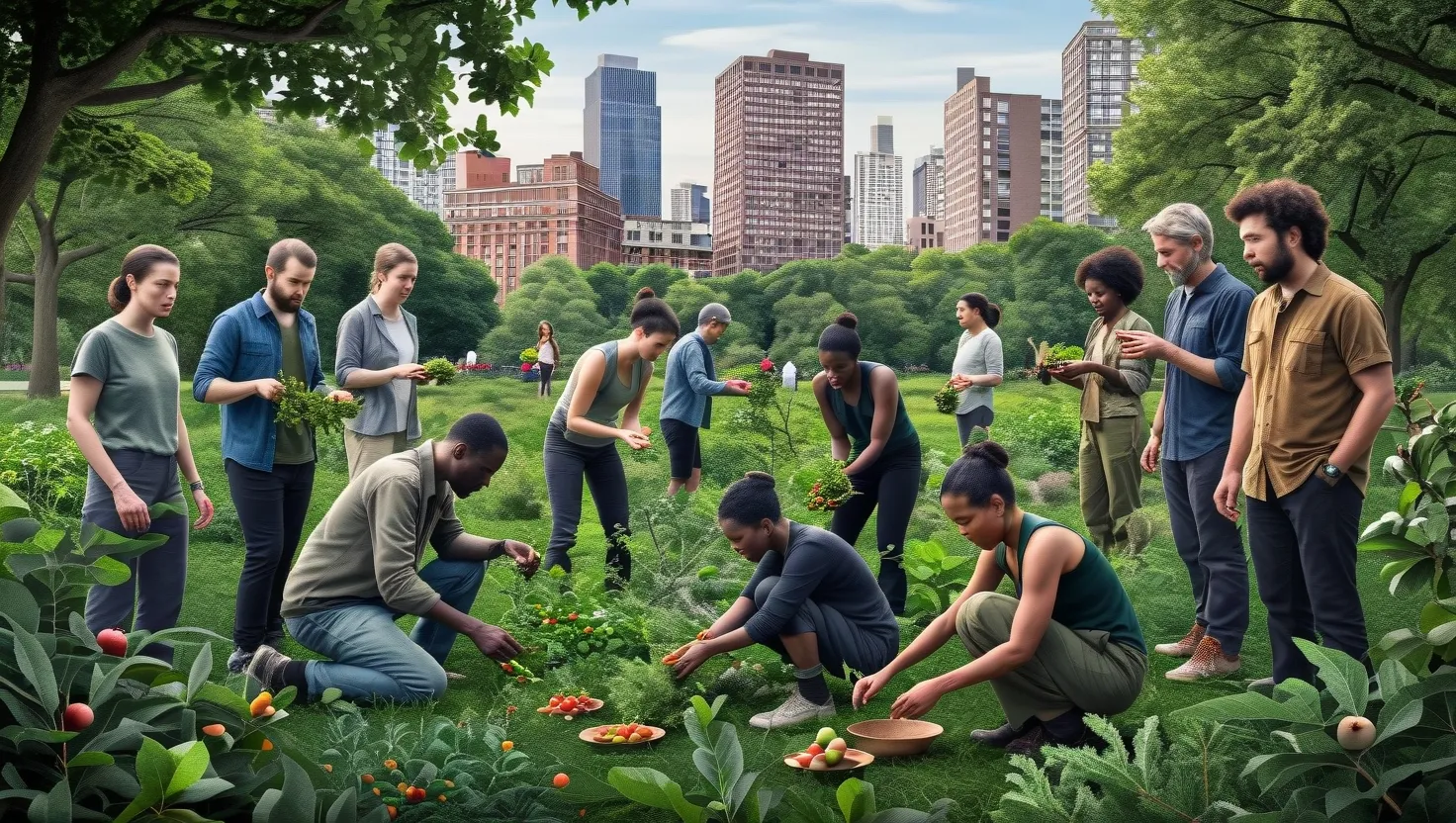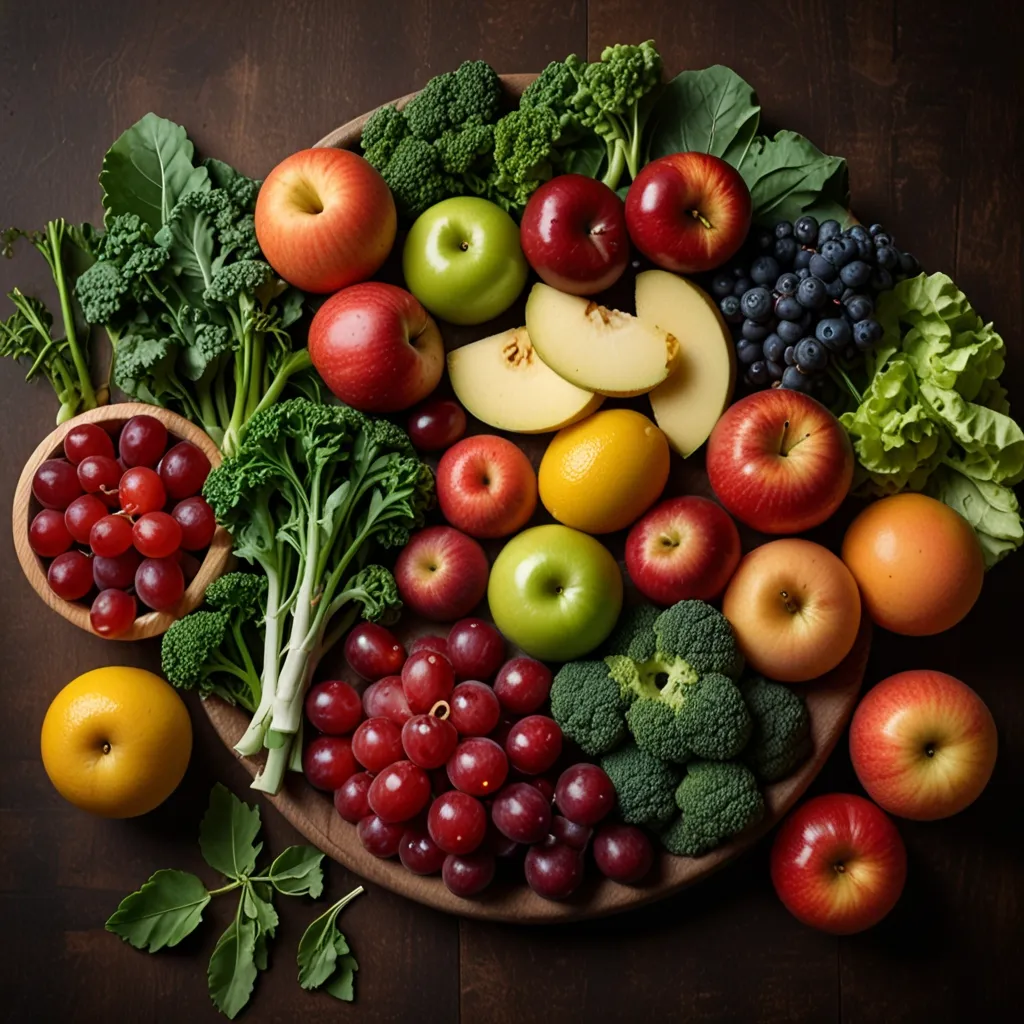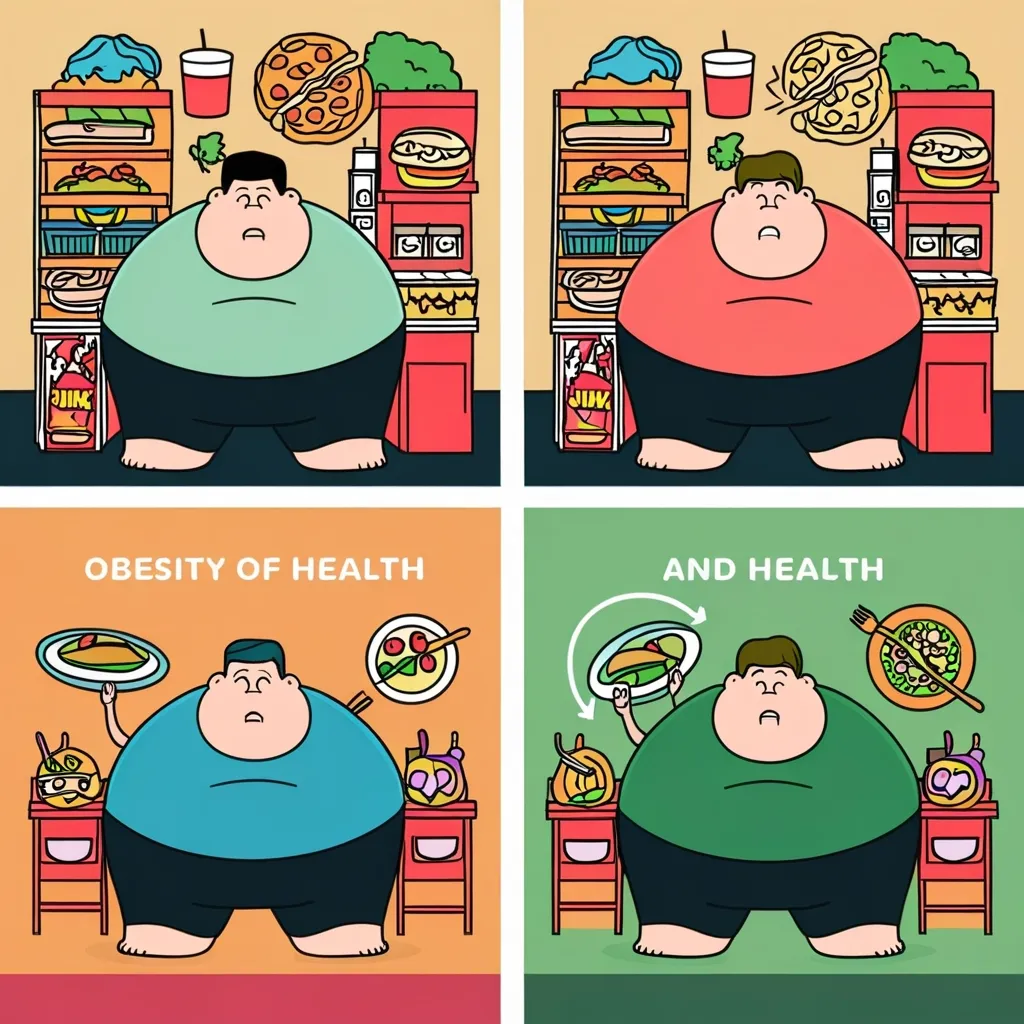In the heart of bustling cities, a quiet revolution is underway. Urban foraging, the practice of identifying and collecting wild foods in urban environments, is gaining traction as people seek to reconnect with nature and adopt more sustainable lifestyles. This trend is not just about finding free food; it’s a complex interplay of social, ecological, and economic dynamics that is reshaping how we interact with our urban landscapes.
Urban foraging is hardly a new concept, but its modern iteration is driven by a mix of traditional knowledge and contemporary concerns. City dwellers are now venturing into parks, abandoned lots, and even sidewalks to discover a wealth of edible plants, fruits, and fungi. This practice is supported by various tools and communities, such as the Falling Fruit app, which has mapped nearly 550,000 foraging locations in North American cities alone.
One of the most compelling aspects of urban foraging is its ability to foster social cohesion. Foragers often come from diverse ethnic, cultural, and socioeconomic backgrounds. Research has shown that urban foraging communities exhibit high ethnic diversity and a bimodal income distribution, with both high-income and low-income individuals participating. This diversity suggests that the motivations for foraging are varied, ranging from sustenance and recreation to cultural preservation and community building.
Foraging in urban environments offers numerous benefits, both personal and environmental. It provides access to fresh, organic food without the need for commercial produce, which often comes with a significant environmental footprint. By utilizing local resources, foragers reduce waste and the demand for industrially grown foods. This practice also promotes sustainability by encouraging the use of native species in urban food systems, which can help in ecosystem restoration and the management of invasive species.
The act of foraging itself is a journey of discovery, transforming everyday urban spaces into veritable gardens. It invites city dwellers to see their surroundings in a new light, to appreciate the intricate details of their environment, such as the changing seasons and biodiversity. Foraging encourages a deeper connection with nature, fostering a sense of place and environmental stewardship.
However, urban foraging is not without its challenges. Legal and safety considerations are paramount. Foragers must be aware of local regulations and ensure they are not trespassing or harming protected plant species. Areas prone to high levels of pollution, such as those near heavy traffic or agricultural runoff, should be avoided. Ethical harvesting practices are also crucial, ensuring that enough plants are left behind for their survival and reproduction, as well as for other foragers and wildlife.
Urban foraging can also play a significant role in addressing broader urban issues. It can help mitigate food insecurity, particularly in disadvantaged areas, by providing a source of nutritious food. In cities grappling with public health challenges like diabetes, obesity, and heart disease, foraging can offer a healthier alternative to processed foods. Additionally, foraging can contribute to urban ecology by helping to manage invasive species and prevent wildfires through the removal of flammable vegetation.
The community aspect of urban foraging is another vital component. Foragers often share knowledge and experiences, maintaining cultural practices and building social ties. In Seattle, for example, researchers have found that urban foragers are motivated by a desire to maintain cultural practices, share knowledge, build community, and engage in spiritual practices. These connections with nature and community are deeply significant, positioning urban foraging as part of a larger movement towards urban forest justice.
Urban foraging also has the potential to reshape cityscapes. Informal urban foraging zones such as backyards, green roofs, and planted boulevards can act as natural corridors, supporting native pollinator abundance and diversity. These spaces can be designed and maintained to incorporate native species, enhancing ecological knowledge and contributing to the restoration of urban environments.
As cities continue to grow and develop, the role of urban foraging in sustainable local food systems becomes increasingly important. It challenges traditional notions of land use and food production, encouraging a more integrated approach to urban planning. By incorporating foraging into urban agriculture and waste prevention strategies, cities can move towards a more equitable and sustainable food system.
The rise of urban foraging is also sparking conversations about community resilience. In an urbanizing world, where cities are facing numerous environmental and social challenges, foraging offers a way for communities to adapt and thrive. It promotes a sense of self-sufficiency and community engagement, encouraging residents to take an active role in their local environment.
For those interested in starting their own foraging journey, the first step is often research. Field guides, foraging apps, and local foraging groups can provide valuable insights and hands-on learning. It’s essential to know where to forage safely and responsibly, avoiding areas that might be polluted or protected. Collaborative gardening spaces and community-driven gardens are excellent places to begin, offering a welcoming environment for new foragers.
In conclusion, urban foraging is more than just a hobby or a way to find free food; it’s a movement that blends traditional knowledge with modern sustainability concerns. It has the potential to reshape our relationship with nature in urban environments, foster community cohesion, and contribute to a more sustainable and equitable food system. As we navigate the complexities of urban living, embracing urban foraging can be a powerful step towards creating greener, healthier, and more resilient cities.






